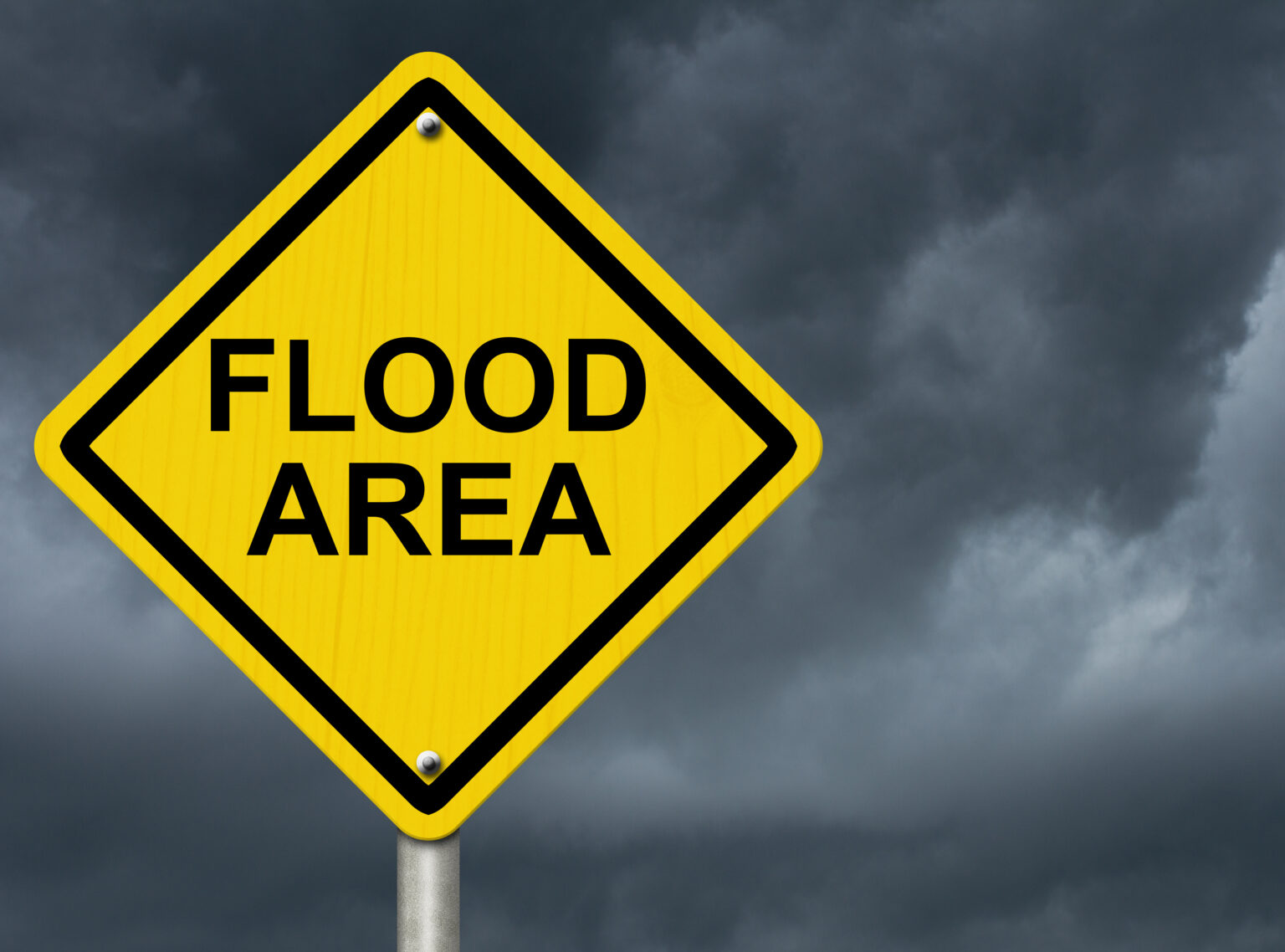Claims Journal Viewpoint: The Imperative of Long-Term NFIP Reform

By some estimates, as much as $4.6 trillion in funding may be needed to repair and restore all U.S. infrastructure. [1] American infrastructure, including roads, bridges, and stormwater systems, was designed without regard for a changing climate and is ill-equipped to withstand natural catastrophic risks. Roads and bridges are buckling under higher temperatures, increased snowfall, wildfires, and disastrous flooding. Stormwater management systems are overwhelmed by natural catastrophes. 15,500 of the nation’s dams are considered “high-hazard potential” according to the most recent Infrastructure Report Card from the American Society of Civil Engineers (ASCE). The nation’s dams received a collective D rating from the ASCE, the same grade given to American levees, while stormwater systems fared modestly better with a grade of D+. [2]
Policymakers must address failing infrastructure in a manner that balances environmental protection and better stewardship of taxpayer dollars. Stronger minimum design standards should be required for future infrastructure federal investments so that expenditures are protected. Federal funds—whether provided through disaster assistance, Community Development Block Grants, or other programs—should be directed to outcome-driven projects that strengthen communities and reduce long-term risk, with targeted support for technical assistance and capacity building for economically disadvantaged communities. Taxpayer dollars should only be allocated to projects that promote resilience, and not on construction that cannot withstand disasters. Currently, FEMA is operating under a partial implementation of the Federal Flood Risk Management Standards. Unfortunately, limited application of flood protection standards leave American infrastructure exposed to more frequent and severe flooding. Rather than relying on taxpayer funds to rebuild, government agencies should also consider insuring infrastructure. Insurance sends proper signals about risk and encourages the development of more resilient infrastructure.
Natural infrastructure—including healthy wetlands, mangroves, and dunes—provides effective solutions to guarding against flooding and erosion. NOAA estimates that U.S. coastal wetlands alone provide $23.2 billion in storm protection each year. During Hurricane Sandy, for example, wetlands reduced damages by more than 22 percent in more than half of the areas directly affected by the storm. In addition to protecting communities, these natural features provide important wildlife habitat, assist in creating outdoor recreation opportunities, and support tourism activity.
As we look to invest in climate-resilient and cost-effective infrastructure, greater emphasis should be placed on natural infrastructure approaches that can absorb floodwaters and buffer and protect communities, while avoiding the risk of catastrophic failure.